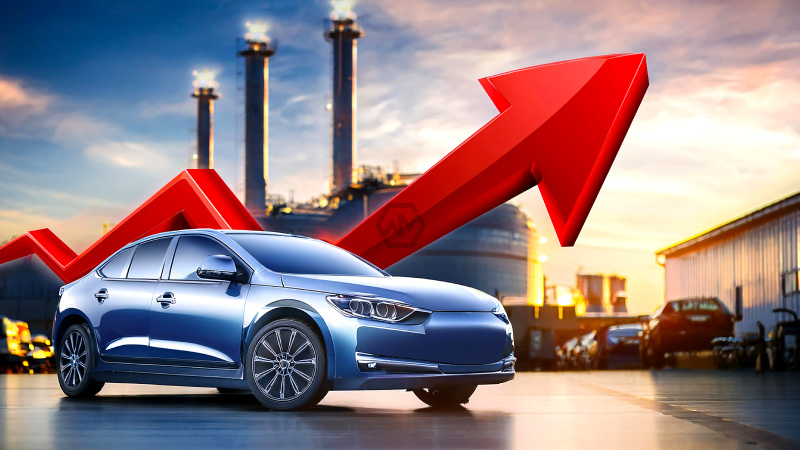- India emerges as a preferred sourcing hub for global auto OEMs under the China+1 strategy.
- Competitive costs and PLI incentives fuel export growth in EV and advanced components.
- Experts call for stronger R&D to sustain competitiveness and move beyond cost advantage.
Global automotive manufacturers are increasingly anchoring their diversification plans in India as part of the China+1 strategy, which seeks to reduce over-reliance on Chinese supply chains.
The Production-Linked Incentive (PLI) Scheme, offering up to 18% sales-linked benefits for advanced and electric vehicle parts, has already propelled exports to over USD 61 billion.
India Accelerates to the Forefront of Global Auto Supply Diversification
The China+1 strategy has become a cornerstone for multinational firms aiming to safeguard against geopolitical risks and supply disruptions. For the automotive sector, India’s expanding infrastructure and skilled workforce present a viable and scalable alternative.
Government policy has played a pivotal role in this transition. The PLI Scheme’s USD 3 billion allocation supports the manufacturing of next-generation automotive technologies, offering a significant push for electric mobility and advanced safety systems.
However, experts warn that cost advantage alone will not guarantee long-term dominance. Former NITI Aayog chief Amitabh Kant has emphasized the need for “technology leapfrogging” to compete with — and surpass — Chinese innovation capabilities.
Economists point out that India’s rising consumer market, coupled with consistent income growth, creates a dual advantage: attracting global OEMs to manufacture locally while also tapping into strong domestic demand.
With strategic policies, competitive costs, and a growing innovation push, India is set to cement its position as a vital node in the global auto supply chain.
“You’ll have to do the technology leapfrogging. You can’t copy the Chinese. You have to beat the Chinese with one up.” — Amitabh Kant



